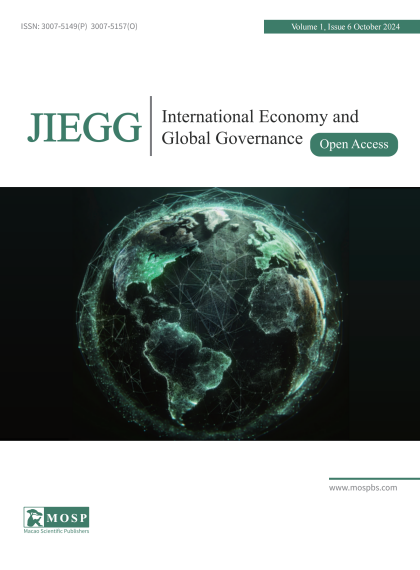Abstract
This paper investigates the impact of AI on the labor market. Three outcomes in the labor market, including employment status, earnings, and working hours, are considered. By closely analyzing the data on the labor market before and after an AI shock happened, it is found that the impact of AI tends to increase earnings and working hours in the short term. Additionally, more obvious findings may occur in the long term rather than the short term. It points out that the anxiety caused by the boomed technology may be mainly caused by the reform process instead of the direct impact. It suggests that people should focus on how to make adjustments to the education and training system to solve the problem.
Keywords: Labor Market, Technology, Difference in Difference, Artificial Intelligence
Download the full text PDF for viewing and using it according to the license of this paper.

